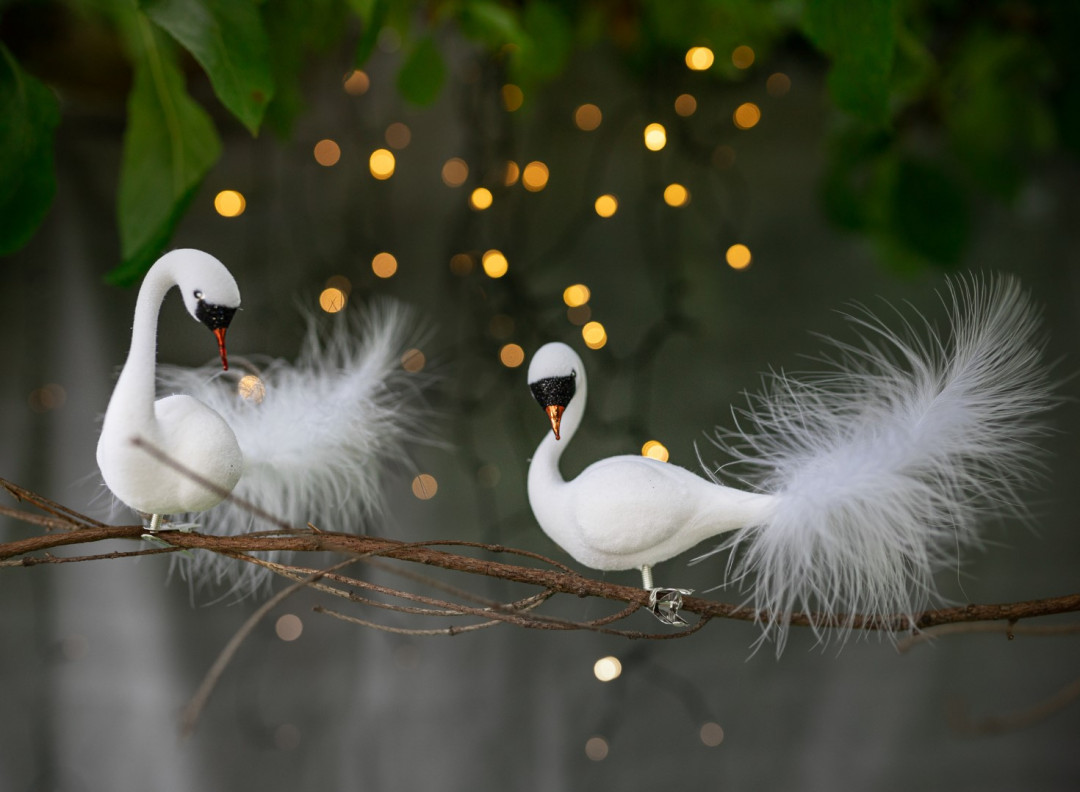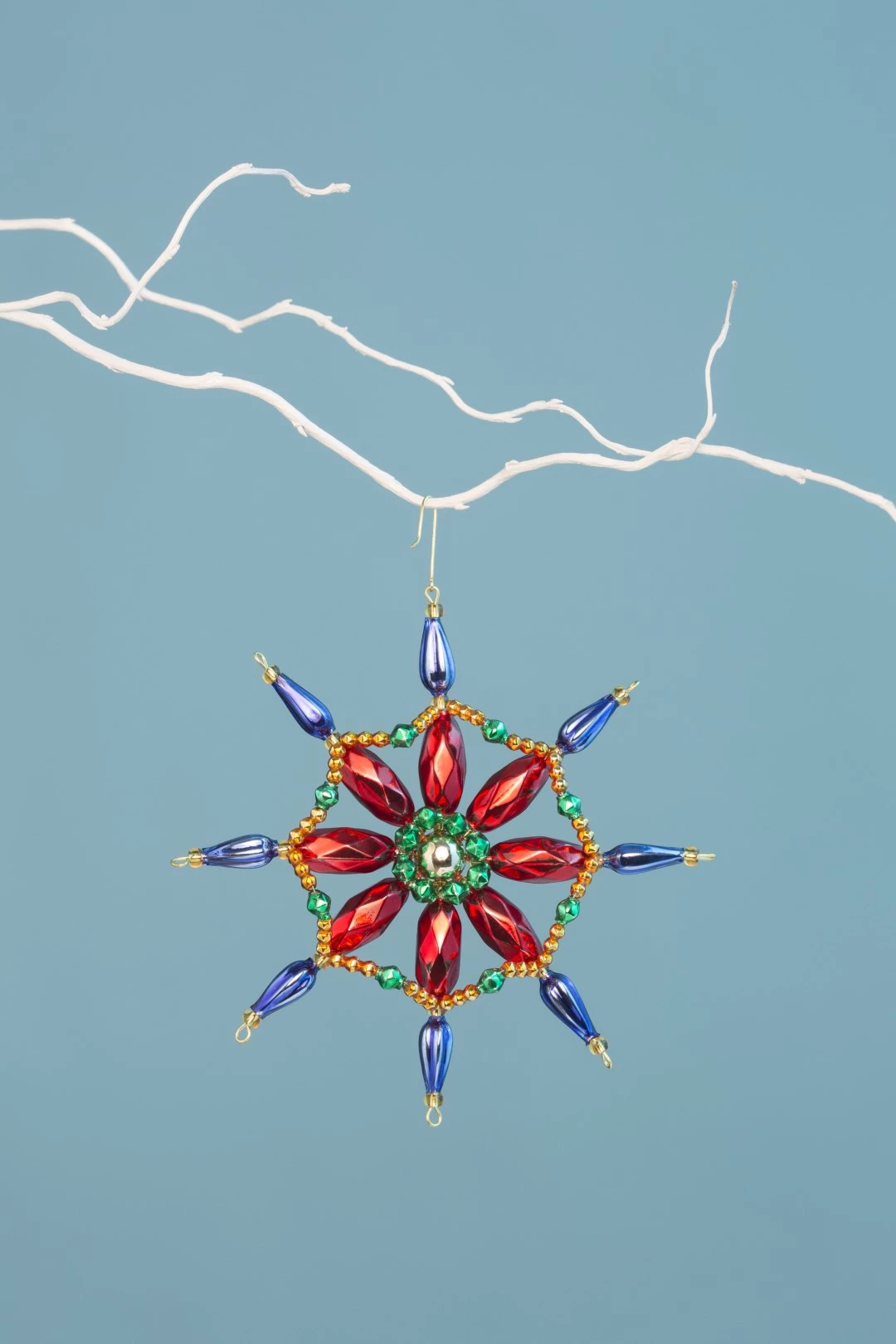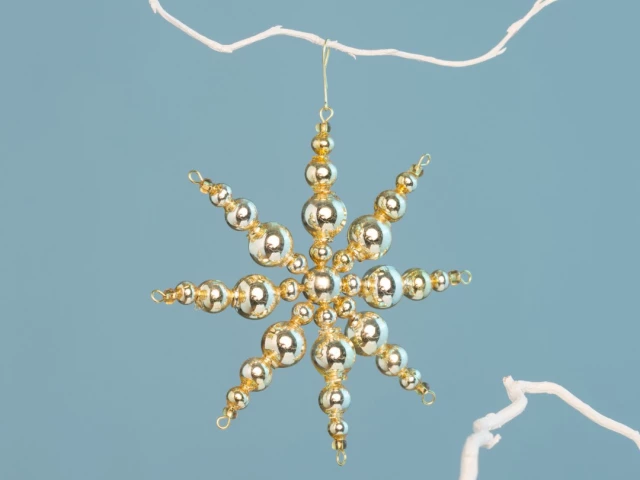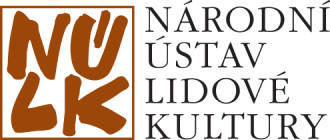Christmas Treasure – Contemporary Czech Glass Ornaments
The production of blown glass Christmas ornaments has a long tradition in Bohemia as well as many admirers and collectors worldwide. The exhibition showcases not only traditional glass Christmas ornaments, their basic shapes and production techniques, but also the latest trends. All items on display were produced by Czech companies.
The Poniklá-made glass bead ornaments deserve a special mention as they were inscribed on the UNESCO Intangible Cultural Heritage List in 2020 due to the unique method of their creation, exclusive to Czechia. The handmade quality, original decoration, tradition and unique craftsmanship have helped establish Czech glass Christmas ornaments as a world-renowned phenomenon.
The exhibition presents glass Christmas decorations from the production of seven Czech companies: Ornex, Irisa, OZDOBA, Rautis, Vánoční ozdoby – DUV, družstvo, Glassor Decorations, Slezská tvorba
- Co-organised by: Museum of Glass and Jewellery in Jablonec nad Nisou
- Curators: Dagmar Havlíčková and Petr Nový, Museum of Glass and Jewellery in
- Partners: The National Institute of Folk Culture, CzechTourism
- Architect: MgA. Anna Kozová
- Graphic Design: Markéta Hanzalová - Studio COLMO
- Contact person: Sandra Karácsony (karacsony@czechcentres.cz)
Presentation abroad
- France / Czech Centre Paris (2. 12. 2021 – 13. 1. 2022)
- Slovakia / Window Gallery, Czech House (15. 12. 2021 – 12. 1. 2022)
- Bulgaria / Balaban house in Plovdiv (8. 12. 2022 – 3. 2. 2023)
- Spain / Real Fábrica de Cristales de La Granja (13. 10. 2022 – 5. 2. 2023)
Catalogue
The History of Czech Glass Christmas Ornaments
Although the first Bohemian glass Christmas ornaments were made in the first half of the 19th century in Jizera Mountains, their production was rather marginal until the 20th century. The glass blowers in the North of the country preferred selling their silver beads to India in large quantities. It was only when the Bohemian companies were forced out of the Indian market by cheaper goods before WWI that the local producers decided to make Christmas ornaments out of the glass beads, of which there was plenty in stock, and which had already been popular in both Europe and North America. That is how the unique blown glass ornaments – the Gablonz (Jablonec) Christmas ornaments – came to exist. Soon after, ornaments made of cut-glass beads on a string became popular, too.
After 1918 it briefly seemed that the blown glass bead crisis was over, but it hit back soon after. The way out of the crisis was offered by the The Glass Institute in Hradec Králové. The production of blown glass Christmas ornaments in Czechoslovakia had been rather marginal until then, and so the Institute initiated the foundation of the Glassmakers’ Cooperative for the making of blown glass Christmas ornaments in the summer of 1931. Whereas glass Christmas ornaments had been imported to Czechoslovakia from Germany, from 1931 onwards they were also being exported, particularly to the US. About half of the total production stayed in the local market. The Czechoslovak glass Christmas ornaments were awarded the Grand Prix at the World’s Fair in Brussels in 1935 and in Paris in 1937.
After the 1948 Communist coup, the production of Christmas ornaments was nationalized and the monopoly for their export was given to the state-owned Jablonex company. Both the manufacture and the trade continued successfully. The company was also awarded multiple exhibition awards (the Grand Prix, EXPO´58 in Paris). The period of controlled economy lasted for more than four decades. It wasn’t until the 1989 Velvet Revolution – when the state-owned companies either ceased to exist or were transferred to private owners – that competitiveness was restored and the Christmas ornaments reappeared on the world market in more colours and shapes than ever before.






